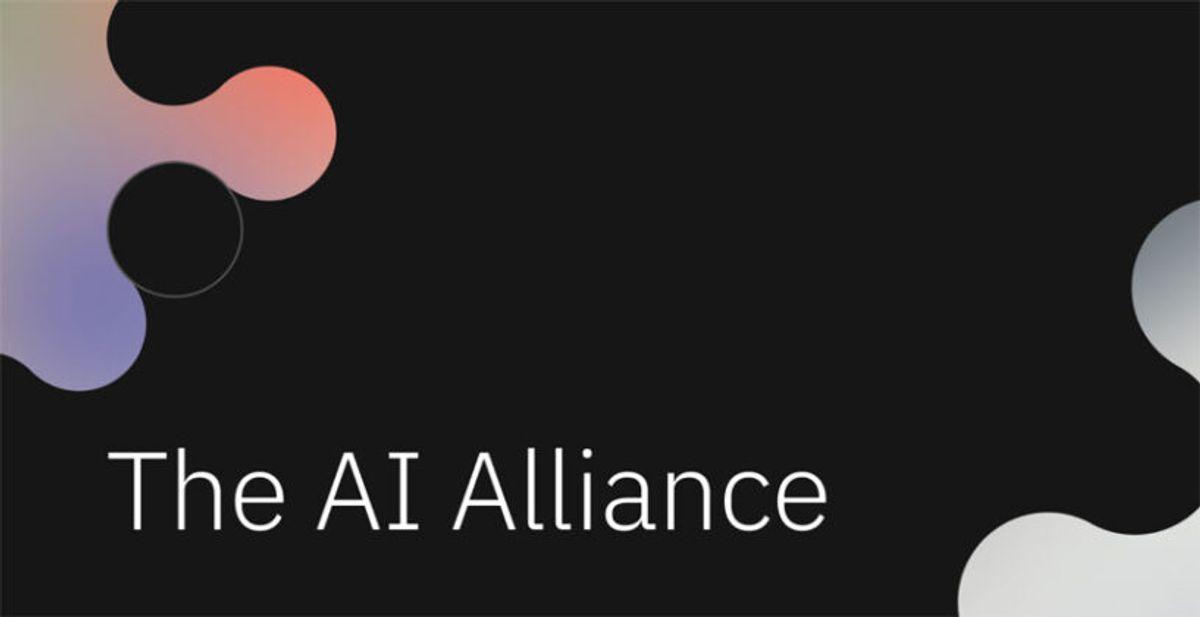As presentations become increasingly central to communication in business and education, leveraging artificial intelligence (AI) to enhance this medium can yield significant benefits. AI can transform how presentation content is crafted, making it not only more engaging but also more effective in conveying information tailored to specific audiences. This article explores the multifaceted role of AI in presentation design, the tools and technologies available, best practices for implementation, and the future trends that will shape AI-powered presentations.
Key Takeaways
- AI significantly enhances presentation design by improving visual elements, optimizing content structure, and personalizing audience engagement.
- A variety of tools and technologies, including AI software for data integration and interactive presentation platforms, are available to create dynamic and responsive presentations.
- Implementing AI in presentations requires a balance of AI and human input, adherence to ethical guidelines, and methods for measuring the effectiveness of AI enhancements.
Understanding the Role of AI in Presentation Design

In today's digital era, AI is revolutionizing the way presentations are designed, making them more engaging and effective. By understanding the role of AI, you can leverage its capabilities to enhance your presentation outcomes.
Enhancing Visual Elements
AI tools like Adobe Sensei and Canva's Magic Resize employ advanced algorithms to optimize and tailor visual elements to your specific audience. These tools analyze data to suggest design elements that are most likely to engage your audience. For instance, they can automatically adjust layouts, color schemes, and typography based on the demographic and psychographic data of your audience.
Optimizing Content Structure
To ensure your content resonates well, AI-driven platforms like Beautiful.AI and Slidebean provide frameworks that structure your presentation logically and persuasively. They use natural language processing to organize information in a way that flows naturally, keeping your audience engaged throughout the session. Here’s a simple step-by-step guide to optimize your presentation structure:
- Input your main content into the AI platform.
- Allow the AI to suggest the most effective sequence of slides.
- Review and adjust the suggestions as needed.
Personalizing Audience Engagement
AI not only enhances how you present but also personalizes the experience for your audience. Tools like Microsoft PowerPoint’s Designer utilize AI to analyze the content and suggest real-time modifications to better connect with the audience. This could include dynamic adjustments to the presentation based on audience reactions or pre-set engagement metrics.
By integrating AI into your presentation design, you are not just presenting; you are engaging in a dynamic conversation with your audience.
Tools and Technologies for AI-Driven Presentations

AI Software for Data Integration
Integrating data seamlessly into your presentations is crucial, and AI software like Tableau and Microsoft Power BI can automate this process. These tools allow you to import data dynamically, ensuring your slides always reflect the most current information. They support various data sources and can generate insights automatically, which can be directly incorporated into your presentation.
Interactive Presentation Platforms
Platforms such as Pitch and Prezi are revolutionizing the way presentations are designed and delivered. They offer dynamic templates and interactive elements that engage the audience more effectively. Utilize these platforms to create presentations that are not only visually appealing but also interactive.
Real-time Content Adjustment Tools
To adapt your presentation content in real-time, consider using tools like SlideDog and Powtoon. These applications allow you to modify content on-the-fly based on audience feedback or changing circumstances during your presentation. This capability ensures that your message remains relevant and impactful throughout your session.
Best Practices for Implementing AI in Presentations

When integrating AI into your presentation design, it's crucial to strike a balance between automated solutions and human creativity. Ensure that AI tools enhance rather than replace the human touch in your content creation process. Utilize AI-powered design tools like Beautiful.ai and Prezi to streamline design and data integration, but always review and personalize the output to reflect your unique perspective.
Ethical considerations are paramount when deploying AI in presentations. You must transparently disclose AI involvement in content creation and ensure that data handling complies with privacy regulations. This transparency builds trust and maintains the integrity of your presentation.
To effectively measure the impact of AI on your presentations, establish clear metrics for success before implementation. Consider factors such as audience engagement, content clarity, and the overall aesthetic appeal of your presentation. Regularly review these metrics to optimize the use of AI and adjust strategies as needed.
By adhering to these best practices, you can maximize the benefits of AI while maintaining control over your presentation's design and ethical standards.
Future Trends in AI-Powered Presentation Content

Advancements in AI Algorithms
The evolution of AI algorithms continues to revolutionize presentation design by enhancing the ability to analyze and predict audience reactions. You'll see more sophisticated models like GPT-4 and BERT being applied to tailor content dynamically during presentations. This will allow for more nuanced and effective communication strategies.
Integration with Emerging Technologies
AI's integration with technologies such as AR (Augmented Reality) and VR (Virtual Reality) will create immersive presentation experiences. Imagine delivering a presentation where your audience can interact with 3D models or statistics through AR glasses. This integration not only makes presentations more engaging but also helps in conveying complex data more effectively.
Predictive Analytics for Audience Insights
By leveraging predictive analytics, you can gain deeper insights into audience preferences and behavior patterns. This data-driven approach will enable you to customize your presentations to better meet the expectations and interests of your audience. Tools like Tableau and Power BI can be used to visualize these insights, making it easier to adjust your strategies in real-time.
Note: Always ensure that the AI tools you choose are compliant with data protection regulations to maintain trust and integrity in your presentations.
Conclusion
In conclusion, leveraging AI to craft impactful presentation content not only enhances the quality and effectiveness of presentations but also streamlines the creative process. By harnessing the power of AI tools, presenters can generate compelling content, tailor their messages to specific audiences, and ensure a higher level of engagement. As AI technology continues to evolve, its integration into presentation creation promises to revolutionize the way we communicate ideas and information. Embracing AI in presentations is not just about keeping up with technology—it's about taking your communication to the next level.
Frequently Asked Questions
How can AI enhance the visual elements of a presentation?
AI can analyze data and suggest optimal graphics, color schemes, and layouts that are most likely to engage the audience, ensuring that the visual elements are both appealing and effective.
What are some AI tools available for creating dynamic presentations?
There are several AI-powered tools such as Beautiful.AI, Visme, and Canva that offer features like data integration, automated design suggestions, and real-time content adjustments to create impactful presentations.
What are the ethical considerations when using AI in presentations?
It's important to ensure that AI is used responsibly, maintaining transparency about AI's role in the content creation process, avoiding bias in AI algorithms, and respecting audience privacy and data security.
